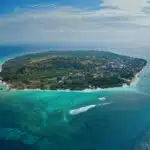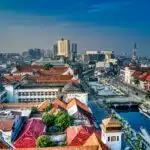Discovering a Remote Archipelago Like No Other
Tucked away in the far reaches of Indonesia’s West Papua province, Raja Ampat is an untouched archipelago of over 1,500 islands, islets, and sandbanks. Far from the crowds and commercial tourism, this remote paradise offers staggering natural beauty, mind-blowing biodiversity, and a rare cultural richness that few places on Earth can match.
Whether you’re an avid diver, an off-the-beaten-path adventurer, or someone in search of pure serenity, Raja Ampat offers something extraordinary. Here’s why it’s one of the best-kept secrets in Southeast Asia and why it should be on every traveler’s list.
A Marine Sanctuary Unlike Any Other
A Global Epicenter of Marine Biodiversity
Located within the Coral Triangle, Raja Ampat holds the title of the world’s most biodiverse marine region. With more than 600 species of hard coral and over 1,700 species of reef fish, the waters around these islands are teeming with life. It’s a true underwater Eden.
Unforgettable Dive Sites
For scuba divers, Raja Ampat is heaven. Top dive spots like Cape Kri, Blue Magic, and Manta Sandy are famous for their vibrant coral gardens and large marine species including reef sharks, schools of barracuda, and manta rays. Cape Kri alone has set records for the highest number of species spotted in a single dive.
Snorkeling for Every Skill Level
You don’t have to be a certified diver to enjoy Raja Ampat’s underwater marvels. The shallow reefs near islands like Kri, Gam, and Arborek are ideal for snorkelers, with crystal-clear visibility and a rainbow of coral and fish just beneath the surface.
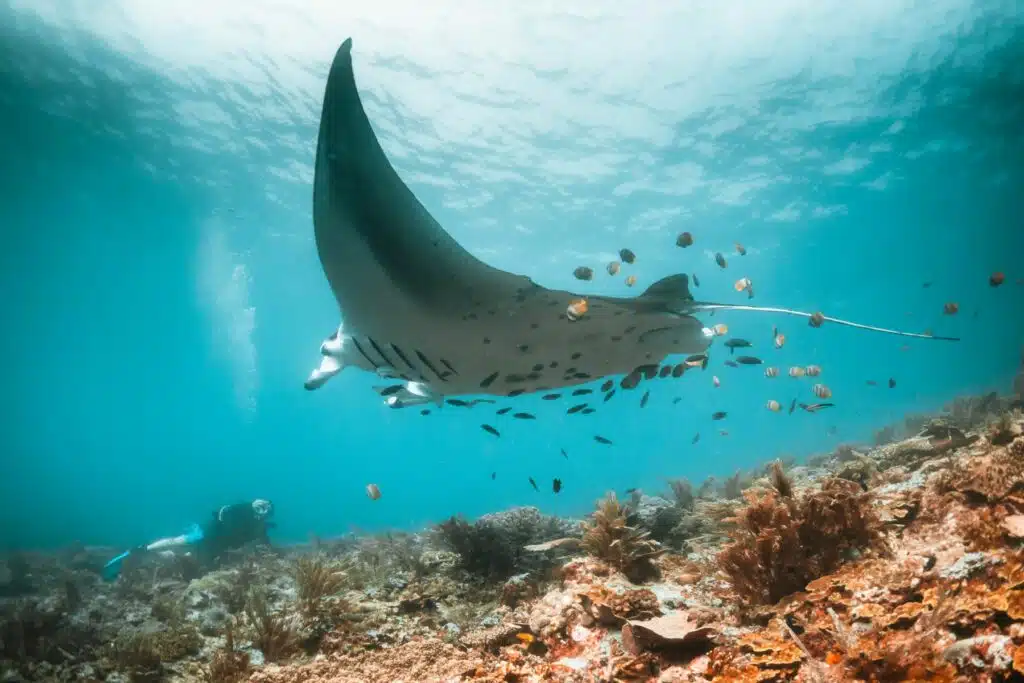
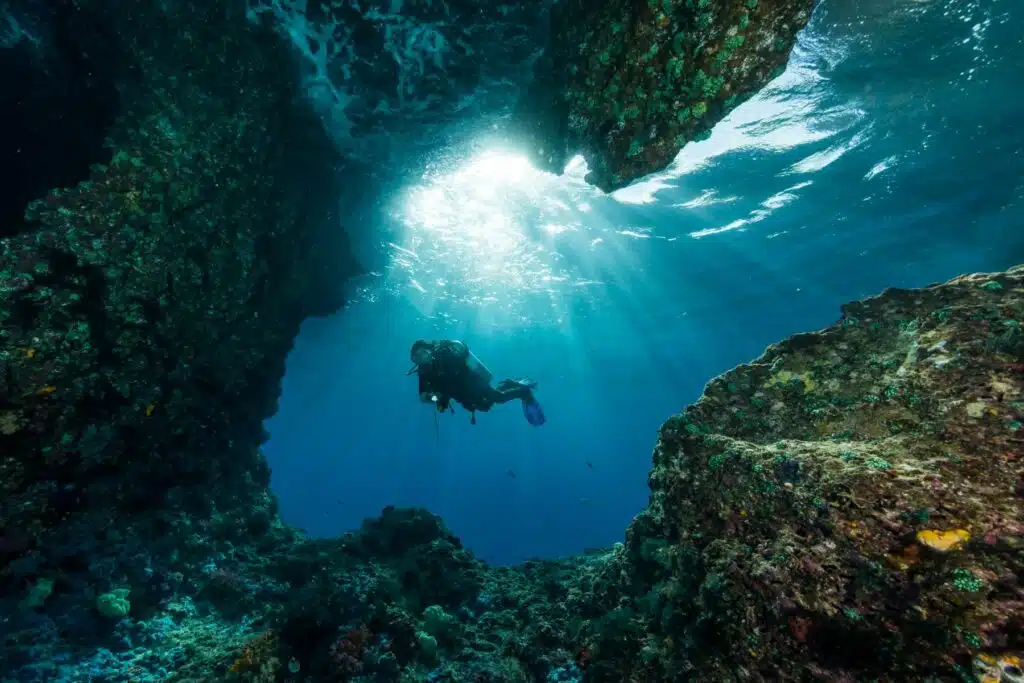
Landscapes Straight Out of a Dream
Island Views You’ll Never Forget
Some of the most iconic photos of Raja Ampat are taken from the viewpoints at Piaynemo and Wayag, where emerald karst islands seem to float in a turquoise sea. The hike may be steep, but the panoramic views are absolutely worth the effort.
Secret Beaches and Shifting Sandbars
Visit Pasir Timbul, a magical sandbar that appears only at low tide, or relax on the untouched white sands of Friwen Beach. Many of Raja Ampat’s islands are still uninhabited, offering rare chances to have a whole beach to yourself.
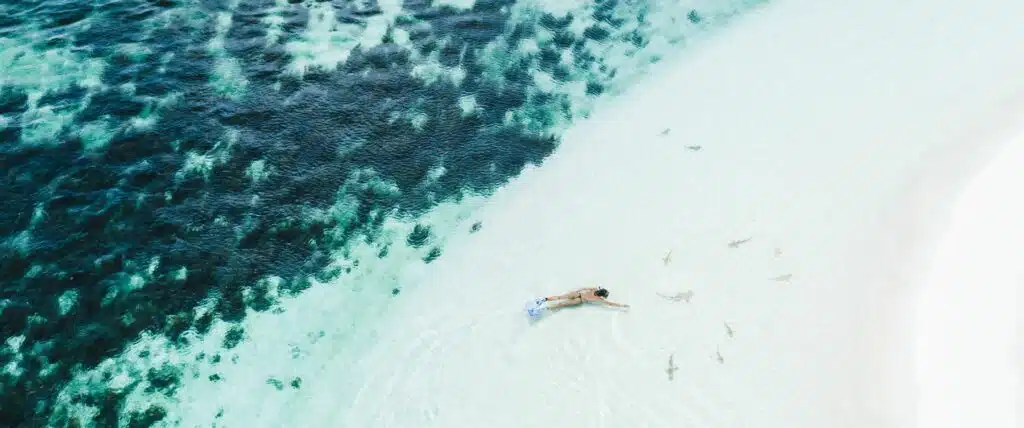
Lush Trails and Hidden Waterfalls
Inland, Raja Ampat hides dense jungles, cascading waterfalls, and unique wildlife. On Batanta Island, a short trek through the rainforest will lead you to secluded waterfalls where you can cool off in natural pools. The islands also host endemic species found nowhere else on Earth.
A Rich Culture and a Model for Sustainable Travel
Life in Traditional Papuan Villages
Villages like Arborek and Sawinggrai welcome travelers with warm hospitality. Here, life follows the rhythm of the tides. You’ll see stilt houses over clear waters, local women weaving crafts, and children playing by the shore. Visitors often get the chance to watch traditional dance performances and try local dishes made from fresh seafood and sago.
Birdwatching in the Wild Jungle
For wildlife lovers, the forests of Waigeo and Gam are home to rare birds-of-paradise, known for their vivid plumage and mesmerizing mating dances. Guided birdwatching treks at sunrise are unforgettable—and offer a whole new side of Raja Ampat beyond the sea.
Eco-Tourism That Protects the Paradise
As tourism in Raja Ampat grows, so does the focus on conservation. The local government has created Marine Protected Areas and eco-tourism rules to preserve this fragile environment. Responsible travelers can make a real impact by:
- Staying in eco-lodges or homestays run by local communities
- Using reef-safe sunscreen to protect coral health
- Minimizing plastic waste and respecting cultural traditions
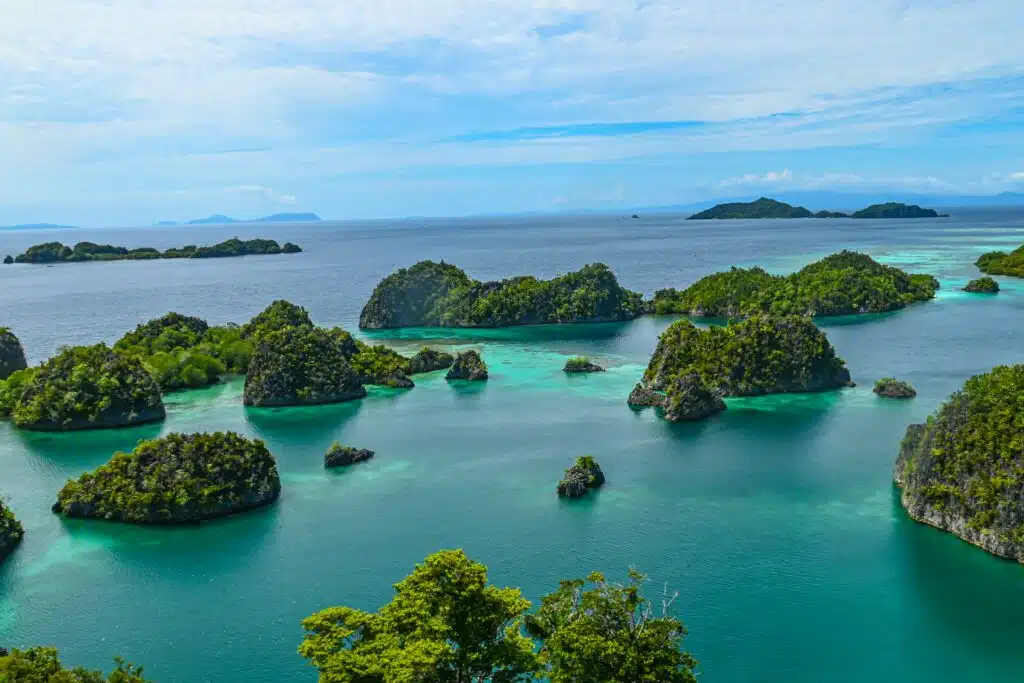
Why Raja Ampat Belongs on Every Conscious Traveler’s Bucket List
- Raw, untouched beauty above and below the surface
- Meaningful cultural experiences in authentic Papuan villages
- Adventure and tranquility, far from the tourist trail
- Ethical travel opportunities that protect nature and support locals
- Unplugged serenity in one of the world’s last great wildernesses
Planning Your Trip to Raja Ampat
- How to get there: Fly to Sorong (via Jakarta or Makassar), then take a ferry or speedboat to Waisai, the main hub for the islands
- Best time to visit: October to April offers calm seas and top diving conditions
- Where to stay: Choose local homestays or certified eco-resorts for a sustainable experience
- What to bring: Snorkeling gear, hiking shoes, eco-friendly toiletries, insect repellent, and a respect for the natural environment
Raja Ampat is not just a place you visit, it’s a place that transforms you. From diving among the richest coral reefs on Earth to watching birds-of-paradise dance at dawn, every moment here feels like a return to what travel was meant to be: genuine, wild, and soul-stirring.
Rough Guides: Raja Ampat, Indonesia offers practical advice on travel tips, best excursions, and conservation highlights
Looking to explore more of this beautiful country? Don’t miss our guide on other amazing places to visit in Indonesia for cultural treasures, hidden beaches, and unforgettable adventures beyond Raja Ampat.
Let VoyageVisit guide you to this last paradise, where nature still rules and adventure still feels real.

